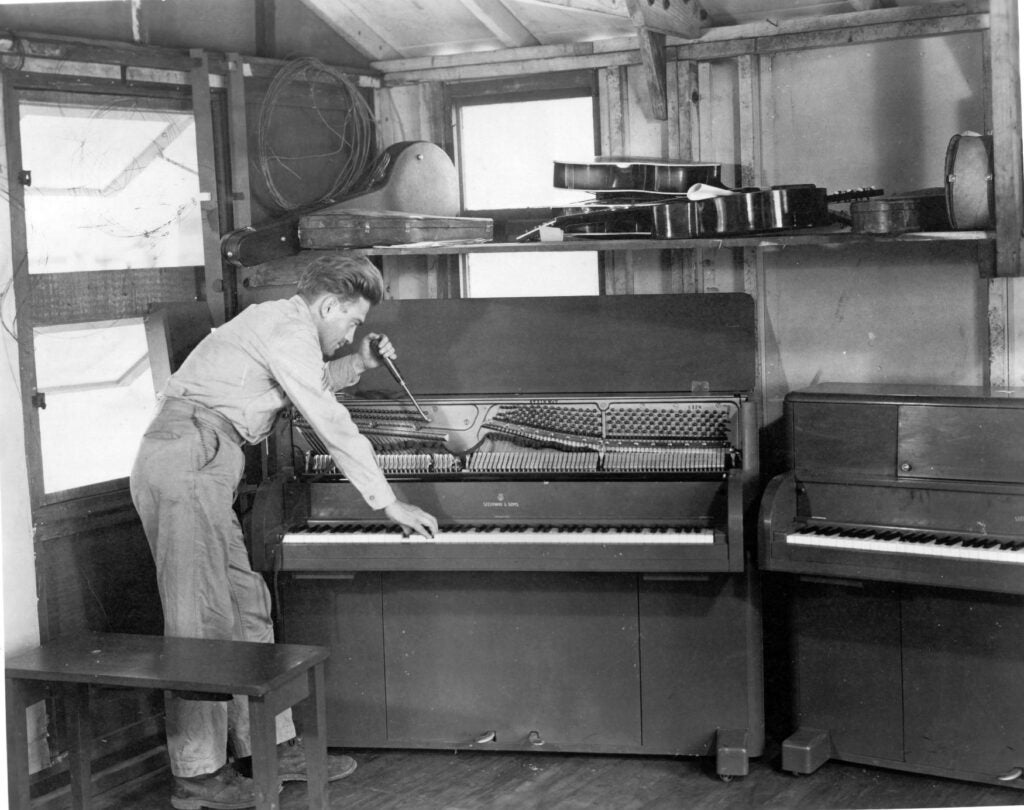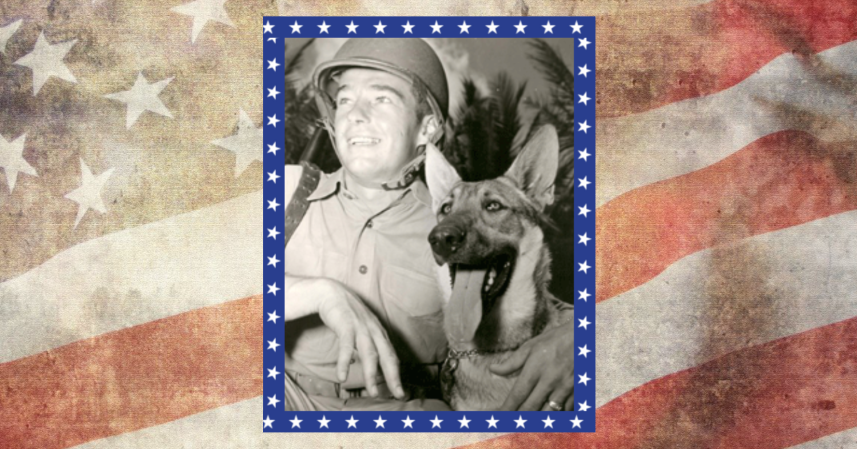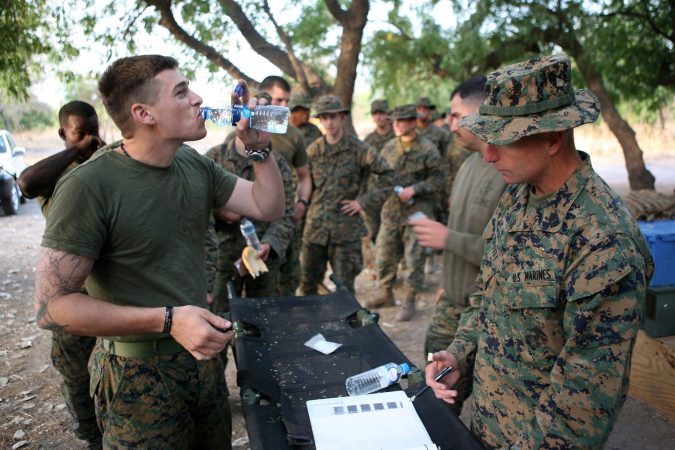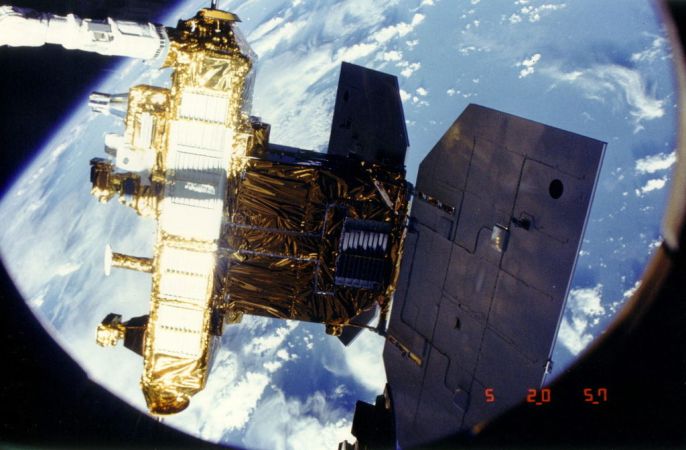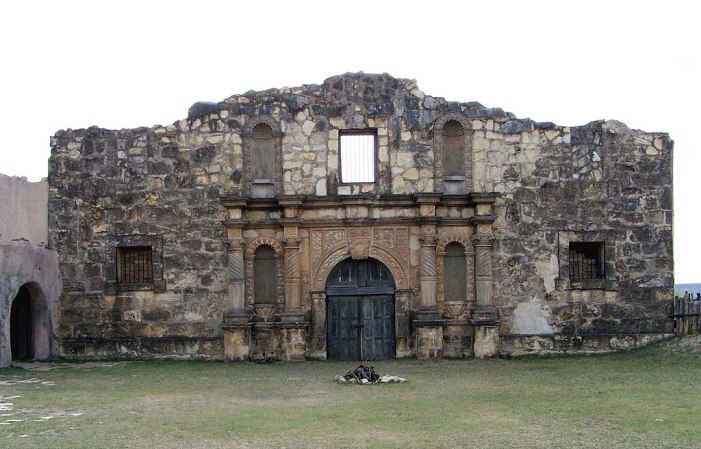During WWII, government restrictions on critical raw materials like wood, iron, copper, and brass prevented the manufacture of everyday products to prioritize products for the war effort. Founded in 1853, long-time piano maker Steinway & Sons was forced to switch from building musical instruments to parts for troop transport gliders. Steinway’s New York factory was also contracted to manufacture caskets for the National Casket Company during the war. Luckily, the company’s musical expertise would be called upon to provide a more uplifting service to the troops than caskets.

In late 1941, the US War Production Board sent a request to Steinway for the production of heavy-duty military-grade pianos. Theodore E. Steinway, the company’s fourth president and grandson of company founder Henry E. Steinway, recognized the importance of music to boost morale on the battlefront. Moreover, Steinway had four sons and several nephews serving in the military during the war. Grateful at the opportunity to return to piano production and bring music to the troops, Steinway launched the company headfirst into military pianos.

After a short development period, the first prototype pianos were ready for government inspection in June 1942. Called Victory Verticals, the military piano project was headed by Paul H. Bilhuber. A former Steinway factory manager, Bilhuber was promoted to vice president in 1941. To prepare the instruments for the harsh conditions of the frontlines, they received a number of special treatments and modifications. The verticals were treated with anti-termite and anti-insect solutions and sealed with a water-resistant glue to combat dampness and humidity. Handles were installed under the keybed and in the back that allowed the 455-pound pianos to be carried by four soldiers. Victory Verticals also lacked front legs which were deemed too delicate for the battlefield.

Certain conventional piano materials were replaced on the Victory Verticals. Copper was still a restricted war material, so soft iron was used for windings on bass strings instead of copper. Additionally, the traditional ivory keys would have peeled off in tropical climates, so the keys were made of white celluloid instead. Finally, the beautiful and reflective polish of a performance piano had no place on the battlefield. Instead, Victory Verticals were given three coats of lacquer and slightly dulled. Olive drab, blue, or gray lacquer was used depending on the military branch that the piano was going to.

The Victory Verticals were accepted for military use and the War Production Board ordered 405 of them in 1943. Eight months later, another order was placed for an additional 800 pianos. Each vertical cost $486 each and included a durable transporting case, a set of tuning tools, instructions, spare parts, and sheet music ranging from light classics, Protestant hymns, sing-alongs, and boogie-woogie songs. While Victory Verticals primarily made their way to the front via truck, they were designed to withstand a parachute drop to remote units and some were delivered in this manner.

Whether they were on a hot and humid island in the South Pacific or in the cold and bombed-out rubble of a European city, troops welcomed the arrival of a Victory Vertical. “Two nights past we received welcome entertainment when a jeep pulling a small wagon came to camp. The wagon contained a light system and a Steinway piano,” wrote Pvt. Kenneth Kranes to his mother on May 6, 1943. “Mom, you would laugh if you were to have seen it, because the Steinway is not at all like Uncle Jake’s. It is smaller and painted olive green, just like the jeep. We all got a kick out of it and sure had fun after meals when we gathered around the piano to sing…I slept smiling and even today am humming a few of the songs we sung.” Sadly, the next week, Kranes was killed by German tank fire.

Amidst the horror and tragedies of war, the Victory Verticals brought troops a bit of home and musical escapism. The pianos entertained in camps, airfields, and hospitals around the world. USO performers like Bob Hope, violinist Isaac Stern, and baritone Benjamin DeLoache performed for troops to the tune of Victory Verticals. By the war’s end, Steinway produced about 5,000 of the instruments with half going to military units. The other half were sold approved essential users like churches, schools, and hotels. Steinway produced the pianos through 1946 and had a postwar production cycle from 1948 to 1953.


